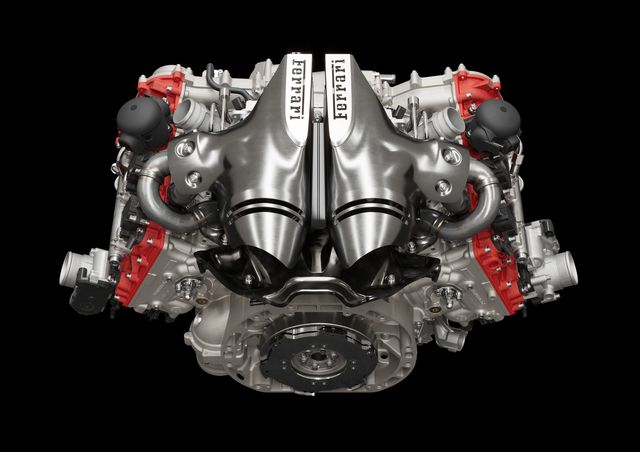Have you ever tried to drop a 2022 Ferrari engine into a Toyota Corolla? If so, you probably found out soon after that it wasn’t the best idea going around. As admirable as the trusty Corolla is, it also works best with an engine that suits the rest of its parts — the brakes, the chassis, the tires, the transmission and so on. If any of these components are not matched to the engine, disaster is likely to ensue.


This same engineering lesson we can equally apply to IT infrastructure systems when you are aiming for reliability and performance. In fact, it’s even more difficult and challenging with IT systems due to the constant patching, advances in hardware technology and so on. Every time there has been a change, it needs to be tested from top to bottom all over again to make sure that no weaknesses have been introduced into the stack.
PowerFlex at its heart is an extremely performant software-defined storage system that can very quickly find the shortcomings in underlying hardware capabilities, or driver/firmware combinations that are simply unreliable. To be frank, it’s a bitter pill to swallow as the premise of software-defined often leads us to believe that anything is possible and that it can run on anything. Both are true, but your mileage will ultimately vary depending on the amount of engineering effort you have put in to determine the best possible combination of these components, and then the ongoing effort to ensure that it stays that way.
This is where the PowerFlex rack and PowerFlex appliance products are focused – top to bottom engineered systems with ongoing lifecycle management to ensure that you are not the one spending hundreds or thousands of hours of your own time doing all the testing and qualification work. From the early days of ScaleIO, many of our customers soon realised that it indeed was a lot of work to sustain this kind of system over the long run. As I like to say, once installed – this system becomes like a living and breathing organism! It doesn’t shut down, it doesn’t require fork-lift upgrades, and it can be kept alive continuously with proper planning and management. In fact, we have had customers running the same cluster non-stop through at least four different generations of x86 hardware and Ethernet switches now.
This was not by accident though, and although it may appear easy on the outside, there are hundreds of engineers on the Dell Technologies side who put in the thousands of hours of testing effort in each release to ensure that our customers have the smoothest and safest possible experience.
| Engine | PowerFlex SDS |
| Electronic Control Unit | PowerFlex MDM / PowerFlex Manager |
| Chassis | Operating System & BIOS |
| Transmission | SSD type and firmware |
| Tires | NIC and drivers/firmware |
| Brakes | Snapshots / replication |
| Roads | Network fabric |

Another aspect which is also frequently over looked is the poor driver itself! How do you train a driver to change the tires safely on the Ferrari while it’s doing 200mph? Or how do you expect the builder of the car to build it to a certain standard, every single time, without errors creeping in? (ProTip, don’t buy a car from me on a Friday afternoon!). And how do you remember to perform some complex maintenance operation every 6-12 months? — This is where the value of automation comes in, and this exactly what PowerFlex Manager was built to solve.

This may sound like a marketing mouthpiece, and to some degree it is – but it’s also written with the first hand experience that I’ve seen many customers over the past 6 years or so struggle with this journey. We all learn best from our mistakes and helping others avoid known pitfalls is part of the job.
It’s great fun building things on Day 1, and the PowerFlex core software is absolutely amazing at letting you do anything that you might desire. But as the old saying goes, just because you can, doesn’t mean you should. A lot of smart folks are drawn to PowerFlex to solve business problems that not much else out there can – and often in the rush we stand up solutions that may not be so easy to maintain over time. So the next time you’re in that position, have a bit of a think to yourself of – “How can I truly ensure that this will continue to run long after I’m gone?” – Your successors will thank you!

